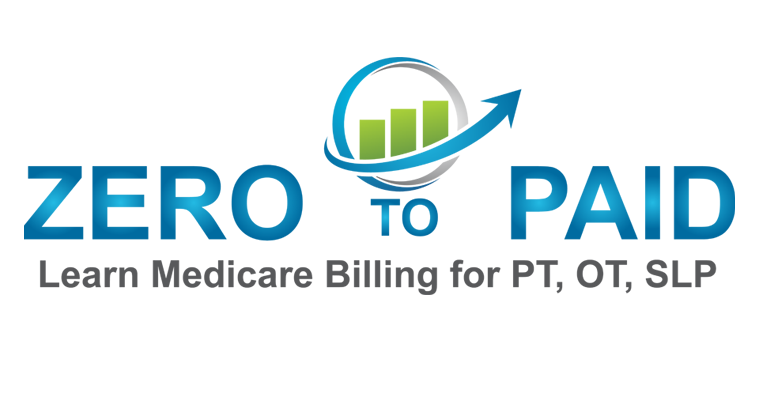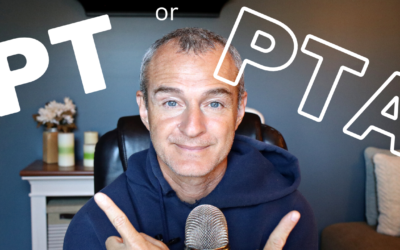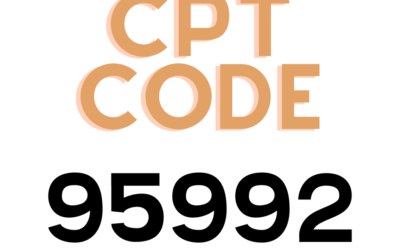Will PTAs be phased out of the physical therapy profession in 2023?
Absolutely not! Physical therapist assistants are a vital part of the patient care experience. I believe the best way to preserve the future of physical therapist assistants in the physical therapy profession is to develop an understanding of the PTAs unique value in the delivery of patient care.
Physical Therapist Assistants Are Experts in the Delivery of Care
Aside from the curriculum differences between a physical therapist and a physical therapist assistant, physical therapist assistants are experts in the delivery of patient care.
What is the main difference between a PT and PTA?
The primary difference between a PT and PTA is the fact that a PT is responsible for evaluating the patient, developing the patient’s treatment plan, establishing goals for the patient, and overseeing the delivery of that patient’s plan of care.
Oversight
Oversight of a physical therapy plan of care can only be performed by a licensed physical therapist. If the patient is not responding as expected or a significant change in status is identified, then the physical therapist is required to perform a reevaluation and modify the patient’s plan of care accordingly.
Supervision
A physical therapist is required to supervise a physical therapist assistant. Different state practice acts and third-party payer guidelines will determine what level of supervision may be required, but a physical therapist assistant must work under the supervision of a licensed physical therapist.
How can PTAs remain profitable to employ?
Private practice owners already operate with razor-thin profit margins. A recent search for US Physical Therapy’s quarterly profit margin shows a 7.7% profit margin and a 13.12% operating margin over the most recent trailing twelve months.
* Reference: Yahoo Finance USPH Ticker 10/06/2022
Based on these financials, a 15% cut in gross collections for all Medicare beneficiaries would result in a complete loss of any net profit margin.
What is the solution?
Some private practice owners have chosen to stop using PTAs to treat Medicare beneficiaries and instead only use PTAs to treat patients with non-Medicare insurance plans.
Other private practice owners have chosen to deliver shorter treatment sessions to Medicare beneficiaries in an attempt to offset the MPPR reduction on a per-unit basis. This would increase average reimbursement per unit to offset the 15% decline in reimbursement sustained by a PTA treatment.
Yet another option is to utilize PTAs in growing a private practice’s self-pay services. Since PTAs are licensed healthcare providers, they are uniquely positioned to deliver self-pay services, even to Medicare beneficiaries, once Medicare-covered services are no longer medically necessary.
The following screenshot from CMS Chapter 15 page 179 suggests that “Services that can be safely and effectively furnished by a nonskilled personnel or by PTAs or OTAs without the supervision of therapists are not rehabilitative therapy services.” and therefore not subject to the mandatory claim submission law.

* Reference: CMS Chapter 15
What should PTAs do next?
My advice is simple.
Step 1 – Find the right employer.
Find employers that can successfully leverage your unique skill set. For example, an outpatient private practice that refuses to develop self-pay programs or change the way they deliver services to Medicare beneficiaries will not likely be the best employer for a motivated PTA.
Step 2 – Know your strengths.
Do a self-analysis to really understand your unique skill set and how you deliver value to an employer. If you have amazing people skills and you can reduce no-shows and cancellations, acknowledge that as your superpower and leverage that to your advantage.
Step 3 – Build your skill set.
I often tell everyone in the professional services business to develop their skill set and find new ways to monetize their knowledge and experience. If you have been a physical therapist assistant for several years, you have probably worked with a variety of different therapists and their associated personality types.
You could create an online course teaching student PTAs how to work with difficult supervisors. You could create a BootCamp live training program for new graduate PTAs who want to get into marketing and sales. You could start a YouTube channel that talks to other PTAs about the challenges of being a PTA and how to find solutions to some of the most common problems.
Summary:
Will PTAs be phased out of the physical therapy profession?
Absolutely not!
- There is and will continue to be a shortage of physical therapists in the United States.
- Physical therapist assistants are experts in the delivery of patient care.
- There are too many ways to keep PTAs profitable.
- PTAs are too valuable to the profession of physical therapy.
How to Pick a Business Name for a Physical Therapy Practice in 2022
Let the Marketing Dept Pick a Business Name for Your Physical Therapy Practice. While your physical therapy business name is important, don't let it slow you down. Too many aspiring business owners stall for months in trying to choose a name. There are several...
25 Most Commonly Used Physical Therapy Abbreviations
25 Most Common Outpatient Physical Therapy Abbreviations in 2022 AAROM - Active Assisted Range of Motion AROM - Active Range of Motion CLOF - Current Level of Function CPM - Continuous Passive Motion DPT - Doctor of Physical Therapy ER - External Rotation GLOF - Goal...
PT vs PTA: Should I become a PT or PTA?
Should I Become a PT vs PTA in 2023? This is a great question. In my opinion, the main difference between choosing to become a PT vs PTA depends on your goals for the future. There is little difference in the salary, job opportunities, and fulfillment of both paths....
Can you Charge a Medicare Patient for a No Show Fee? 2022 Update
Can You Charge a No Show Fee to a Medicare Beneficiary? Yes, you are allowed to charge a no show fee to a Medicare beneficiary as long as you have an established no show fee policy for all patients at your practice. "According to Chapter 1, section 30.3.13 of the...
CPT Code 95992
CPT Code 95992 CPT 95992 – Canalith repositioning procedure(s) (eg, Epley maneuver, Semont maneuver), per day* Source: NGS A56566 Appropriate Diagnosis to Charge CPT Code 95992 H81.11 - Benign paroxysmal vertigo, right ear H81.12 - Benign paroxysmal vertigo, left ear...






